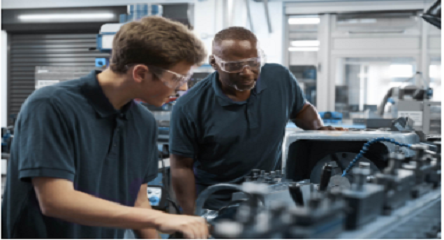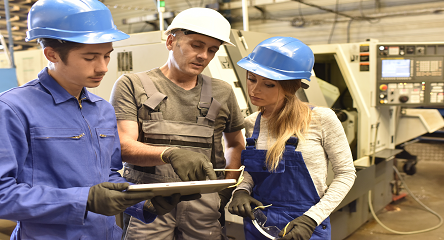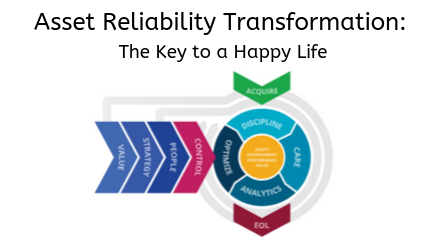About the Author
James Reyes-Picknell is the author of “Uptime – Strategies for Excellence in Maintenance Management” (2015), “Reliability Centered Maintenance – Reengineered” (2017). He is a Mechanical Engineer (University of Toronto 1977) with over 40 years Reliability, Maintenance and Asset Management. James is widely regarded as a subject matter expert in ensuring the delivery of value from physical assets. His experience spans a wide range of industries, public and private sector, all dependent on physical assets for their success. James career includes naval service (Canada), petro-chemicals, aerospace, shipbuilding, project management, software implementation, management consulting and training delivery. James is a professional engineer (PEng), certified management consultant (CMC), certified maintenance and reliability professional (CMRP), maintenance management professional (MMP), certified asset management assessor (CAMA) and certified blockchain professional (CBP). He is the 2016 recipient of Canada’s prestigious Serio Guy Award for outstanding contributions to the profession.





